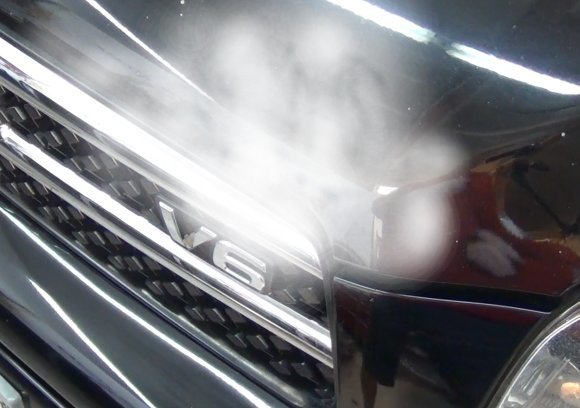So you have an idiot for a mechanic is what you're saying? You have not solved the problem, just covered it up. Engine parts expand and fit properly when the coolant temperature reaches 195 degrees. 99 percent of engine wear takes place in the few minutes before that temperature is reached. You're running it constantly in a state of excessive wear.
The pistons are oval-shaped when cold. As they reach normal temperature, they expand more one way. The engine designers know that and account for that. They fit properly at normal operating temperature. The piston rings don't seal as well below the proper temperature so there's more blowby which condenses in the oil to form sludge. Instead of burning off and being drawn out by the PCV system, the hydrocarbons build up and reduce the oil's ability to isolate moving parts from each other and to carry dirt and contaminants to the filter.
Once a pre-determined temperature is reached, the coolant temperature sensor signals the Engine Computer to go into "closed loop" at which point is begins fine tuning fuel metering based on readings from the oxygen sensors. When the temperature is too low, it stays in open loop and fuel delivery is a rough guess. The computer will set the fault code "engine running cold too long" in memory. That will not trigger the Check Engine light, however, many self-tests are not performed until normal operating temperature is reached. There can be sensor problems or other running problems that may be detected but not recorded so that valuable information will not be available.
How do you know the water pump "fixed" the problem? If it did, why did your "mechanic" have to remove the thermostat? What does he know that the engine designers don't? Why did you use block sealer? If the test was positive for a leaking head gasket, you should understand thermostats don't open in the presence of hot air that pools under it from that leaking gasket. They only open in the presence of hot liquid. By removing the thermostat, no air can collect there. It will find its way to the overflow reservoir.
I'd hardly call that "fixed" and I certainly wouldn't be so proud as to want to share this solution. Everything you've replaced was to address the symptoms, not the cause of the problem. Why do all other engines run fine WITH a thermostat?
Sunday, July 24th, 2011 AT 3:48 PM


